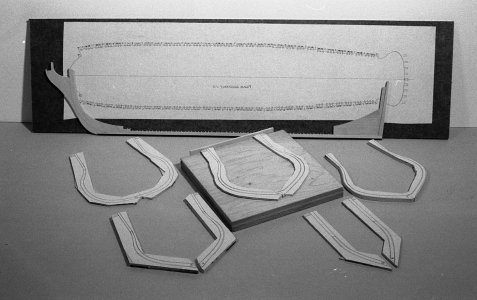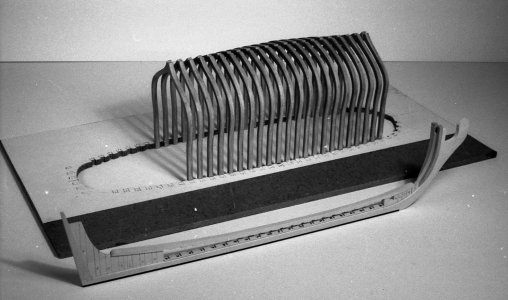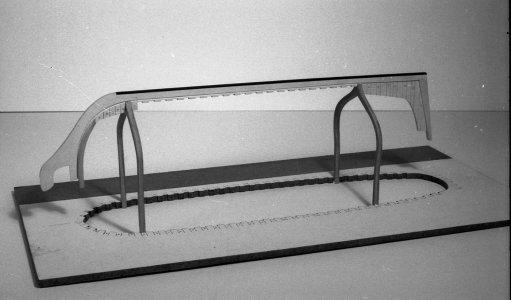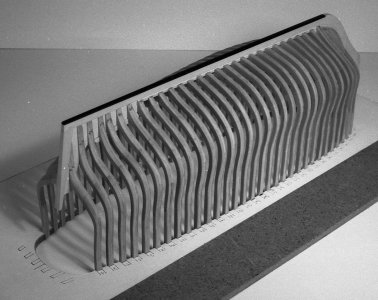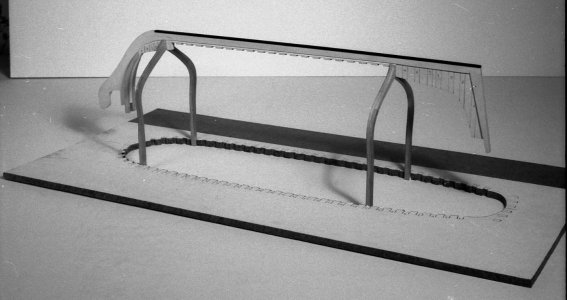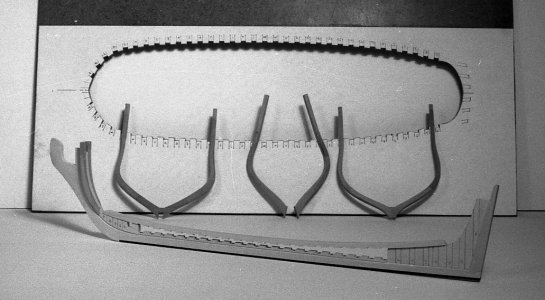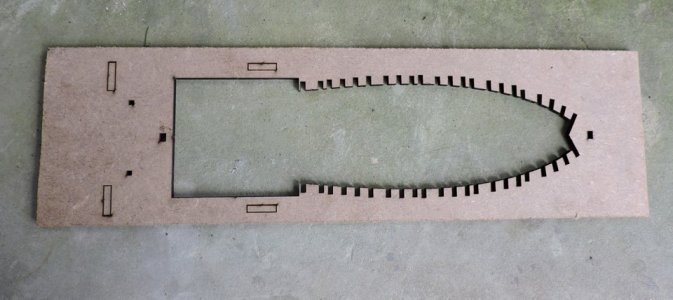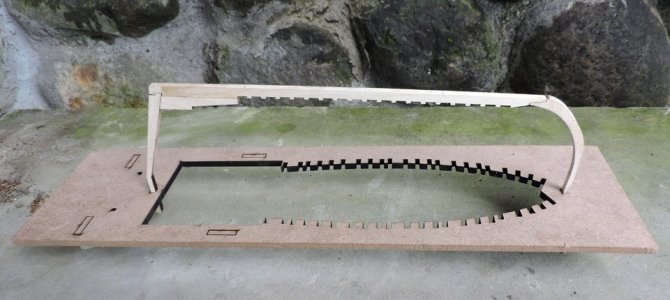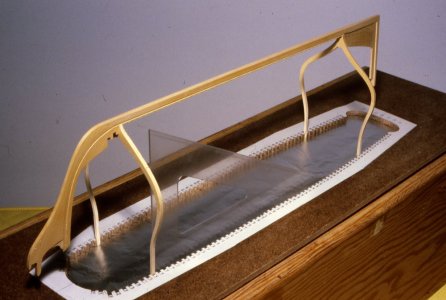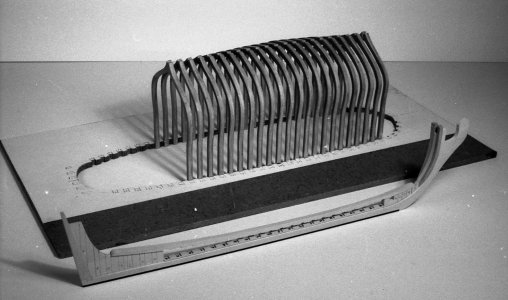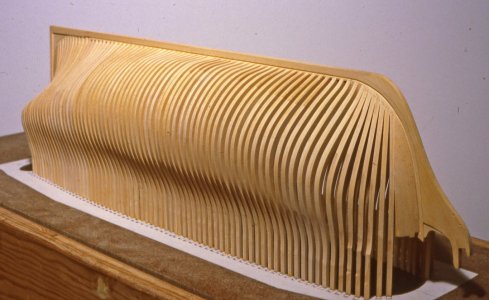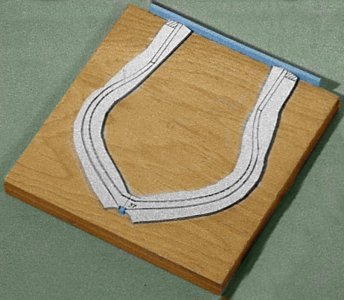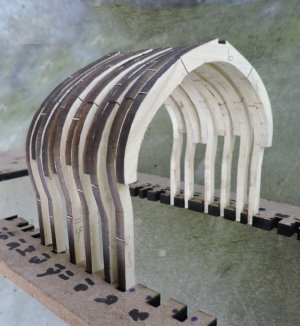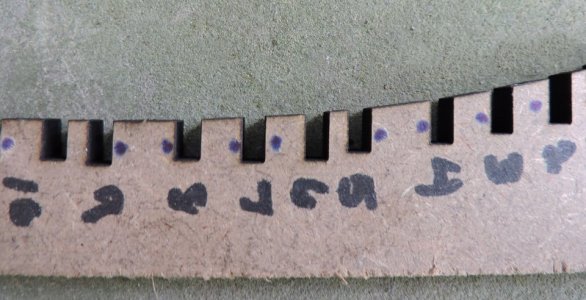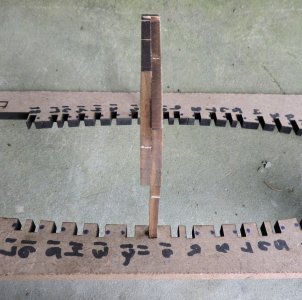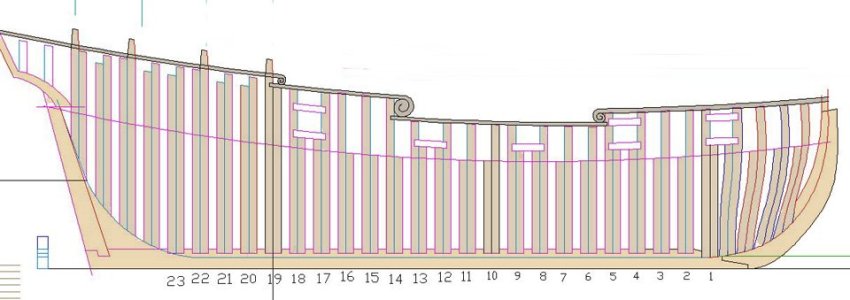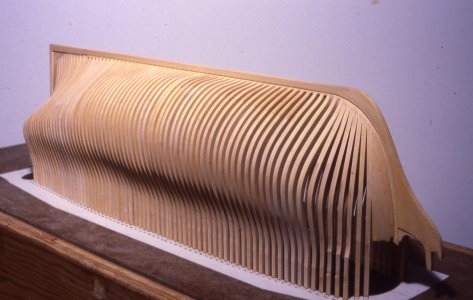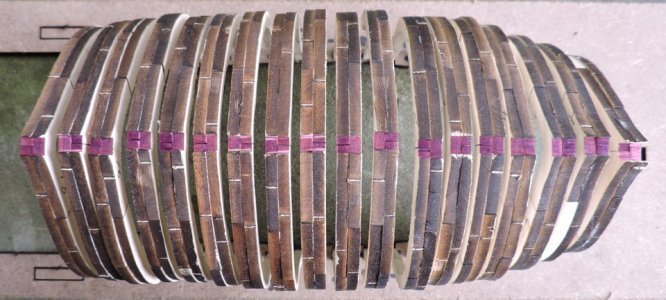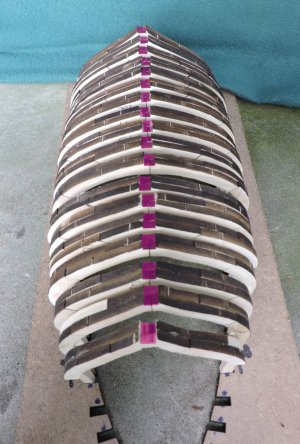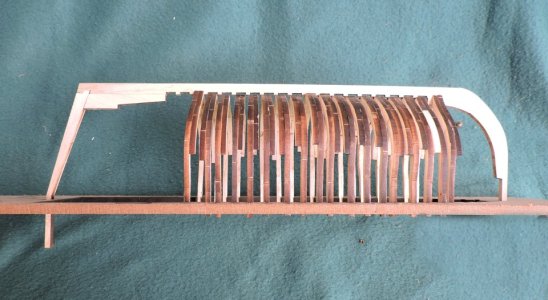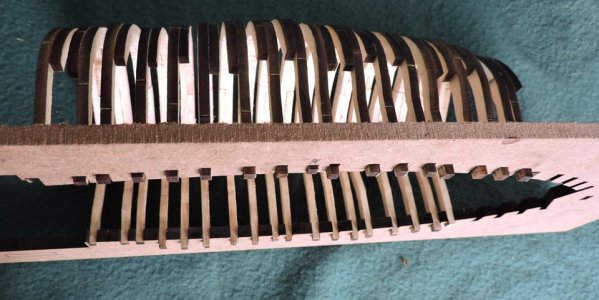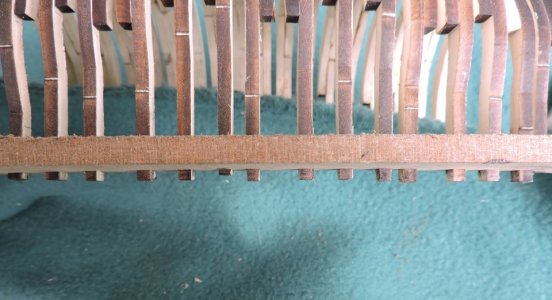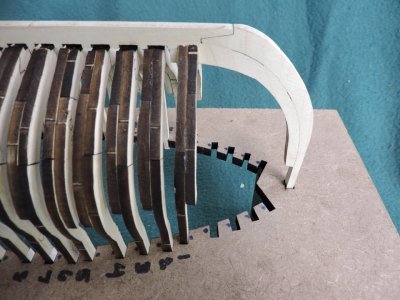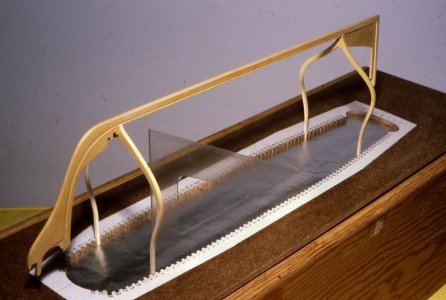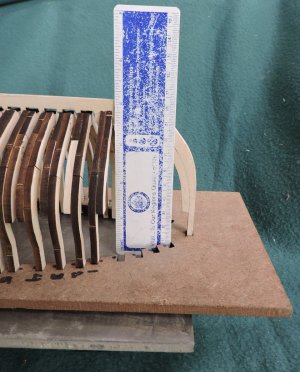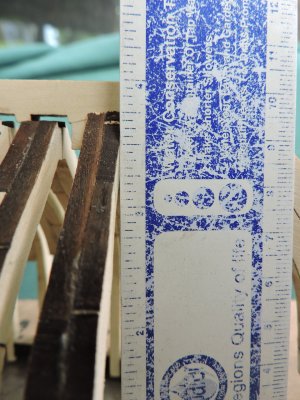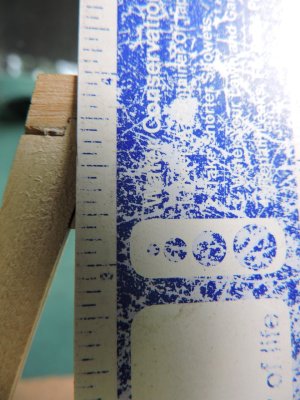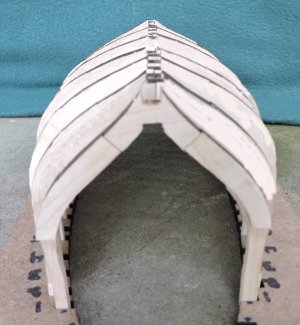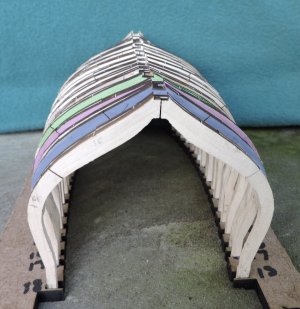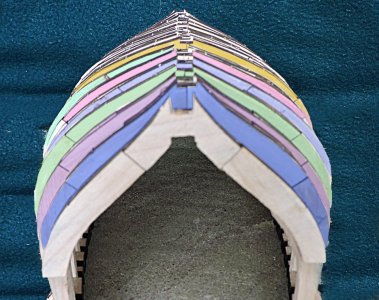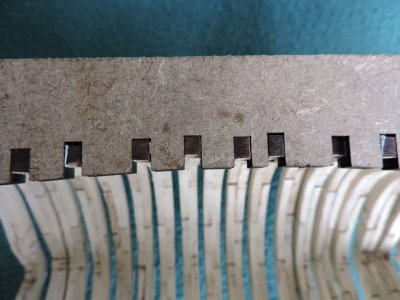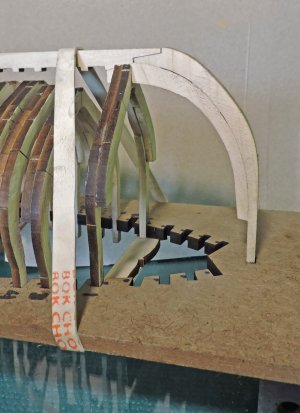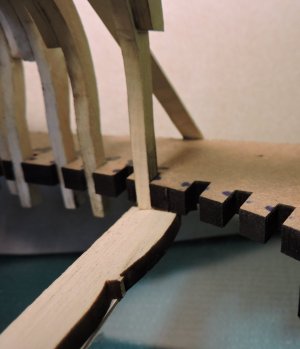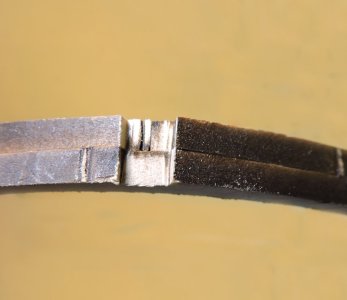- Joined
- Jun 17, 2021
- Messages
- 3,175
- Points
- 588

As a restorer (way over on the side of conservation, while not being a " conservator" per se) I had to get inside the head of the original maker from 150-300 years before. All the information was there, built, carved and polished into the piece itself, like a craftsman's fingerprints if you will. It was a bit like getting kits with no written instructions. Practices, techniques, hand tools marks finishing and philosophy were all in evidence inherent in the piece.
That and the study and practice of archaic finishes, tools and woodworking, plus the history were all requirements.
I have found that a kit, while supplying materials as well as some (not always useful) instructions, might give you a leg up and a place to start, yet requires no less art, craftsmanship, and diligence as scratch building. I have scratch built my way around the dilemmas inherent in kits in the same way I had to tease out the solutions required to faithfully restore an antique. There were a number of volunteer model shipwrights at the USNA Museum model shop who built magnificent museum models from kits, plastic and otherwise, all of which required the same level of expertise, practice and experience as any scratch builders with whom they worked side by side. We all were instructed by and learned from each other.
Fabulous and instructive dioramas, by the way!



Pete
That and the study and practice of archaic finishes, tools and woodworking, plus the history were all requirements.
I have found that a kit, while supplying materials as well as some (not always useful) instructions, might give you a leg up and a place to start, yet requires no less art, craftsmanship, and diligence as scratch building. I have scratch built my way around the dilemmas inherent in kits in the same way I had to tease out the solutions required to faithfully restore an antique. There were a number of volunteer model shipwrights at the USNA Museum model shop who built magnificent museum models from kits, plastic and otherwise, all of which required the same level of expertise, practice and experience as any scratch builders with whom they worked side by side. We all were instructed by and learned from each other.
Fabulous and instructive dioramas, by the way!




Pete




